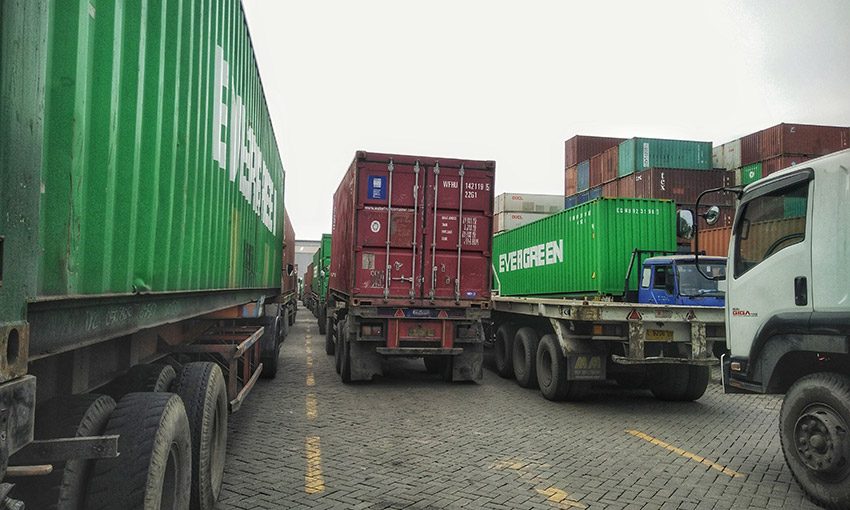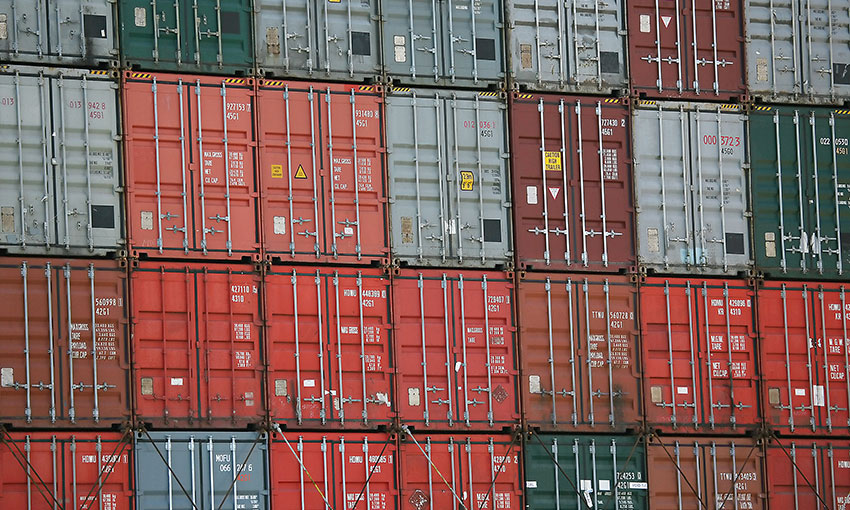CONTAINER transport operators across Australia are urging their customers to appreciate operational realities as container logistics chains in every capital city container port in Australia try to recover from cargo delays.
The delays were caused by industrial actions, port protests, traffic congestion and weather-related events, and now a heavy container freight demand.
Container Transport Alliance Australia (CTAA) director Neil Chambers said while DP World Australia reached an in-principle agreement with the maritime union on the national clauses in a new Enterprise Agreement (EA) the backlog of containers in all DP World terminals persists.
“Vessel berthing delays continue (still between seven to 14 days), which has a knock-on effect to other terminals in all states as vessel schedule reliability continues to struggle,” Mr Chambers said.
“Terminal scheduled and unscheduled maintenance and IT outages are also contributing to delays.”
There have been progressive maintenance issues with the Automated Stacking Cranes (ASCs) at DP World Brisbane Terminal and maintenance outages at Victoria International Container Terminal (VICT) in Melbourne.
DP World Fremantle Terminal closed for landside receival and delivery operations for the day shift on Monday, 12 February due to “unforeseen circumstances”.
“The threat of more pro-Palestinian protests targeting Zim Line vessels is ever present, following the closure of VICT in Melbourne for more than three days,” Mr Chambers said.
“This has prompted many industry representative bodies, including CTAA, to call on governments to ensure that ports are recognised as critical infrastructure and strongly protected from the highly negative impacts of such disruptive actions.”
On top of this, many of the container terminals in Australia have an up-tick in vessel arrivals, import discharges and export receivals over the coming weeks.
“One of the reasons for this is an increase in import freight ordered from Asia prior to the commencement of the Lunar New Year (before 10 February) and continued strong containerised export demand,” Mr Chambers said.
“Importers, exporters and freight forwarders need to appreciate that the consequences of the continued turmoil and increased freight demand for container transport operators.”
They include higher operating costs, including more overtime for drivers and operations staff as extra night and weekend shifts become necessary to utilise all terminal slot availability.
They also include higher staging and handling costs through transport yards as export receival dates chop and change and imports need to be recovered from terminals before storage is incurred.
Growing congestion at empty container parks is resulting in delays to import de-hire and export pick-ups.
“As usual, container transport operators will work diligently to try to meet their customers’ demands,” Mr Chambers said.
“However, there shouldn’t be a false sense that landside container logistics operations have returned to some form of normal because they haven’t.
“Costs are still higher (by between 15% to 20%), and delays persist.”





